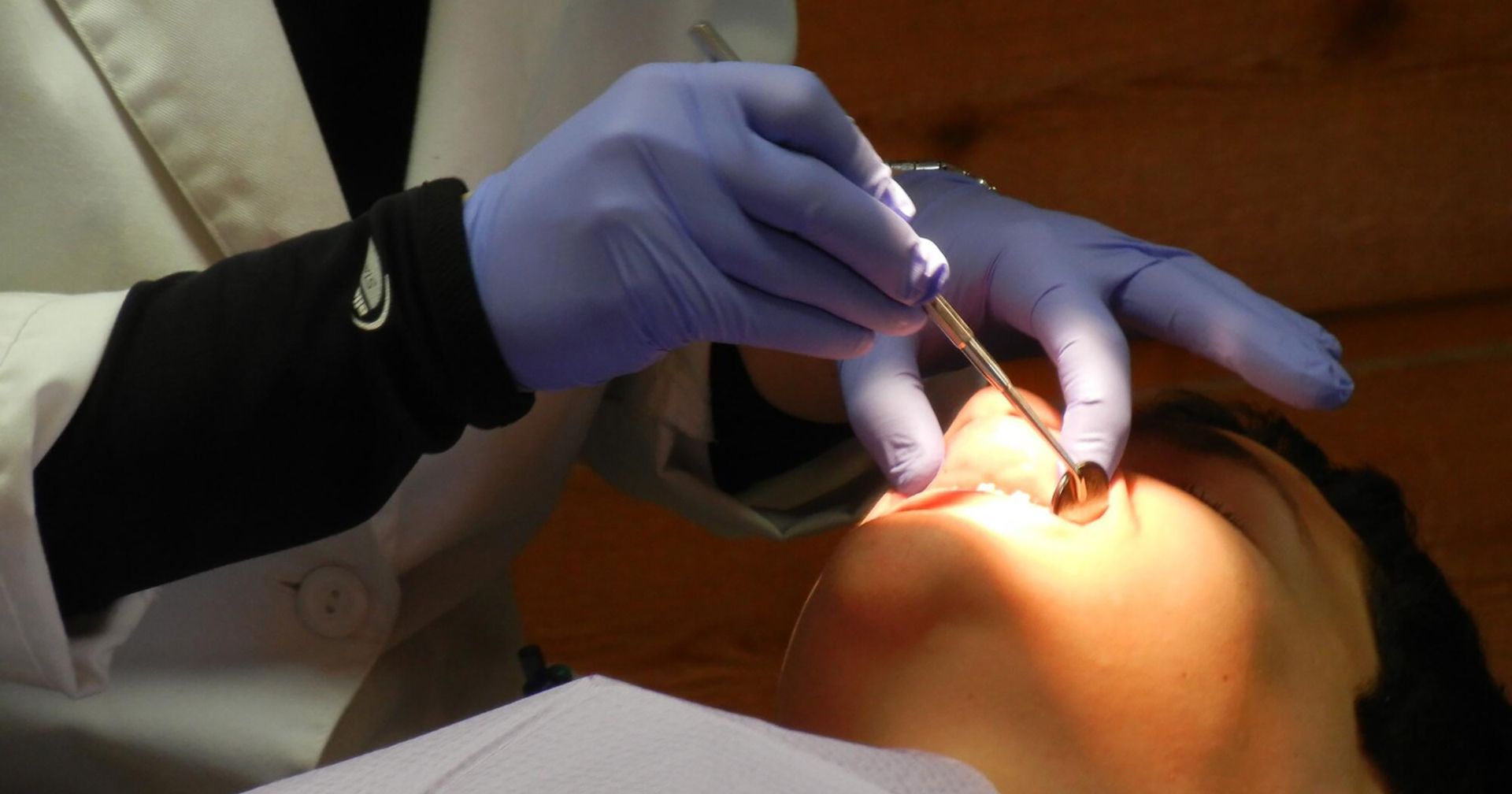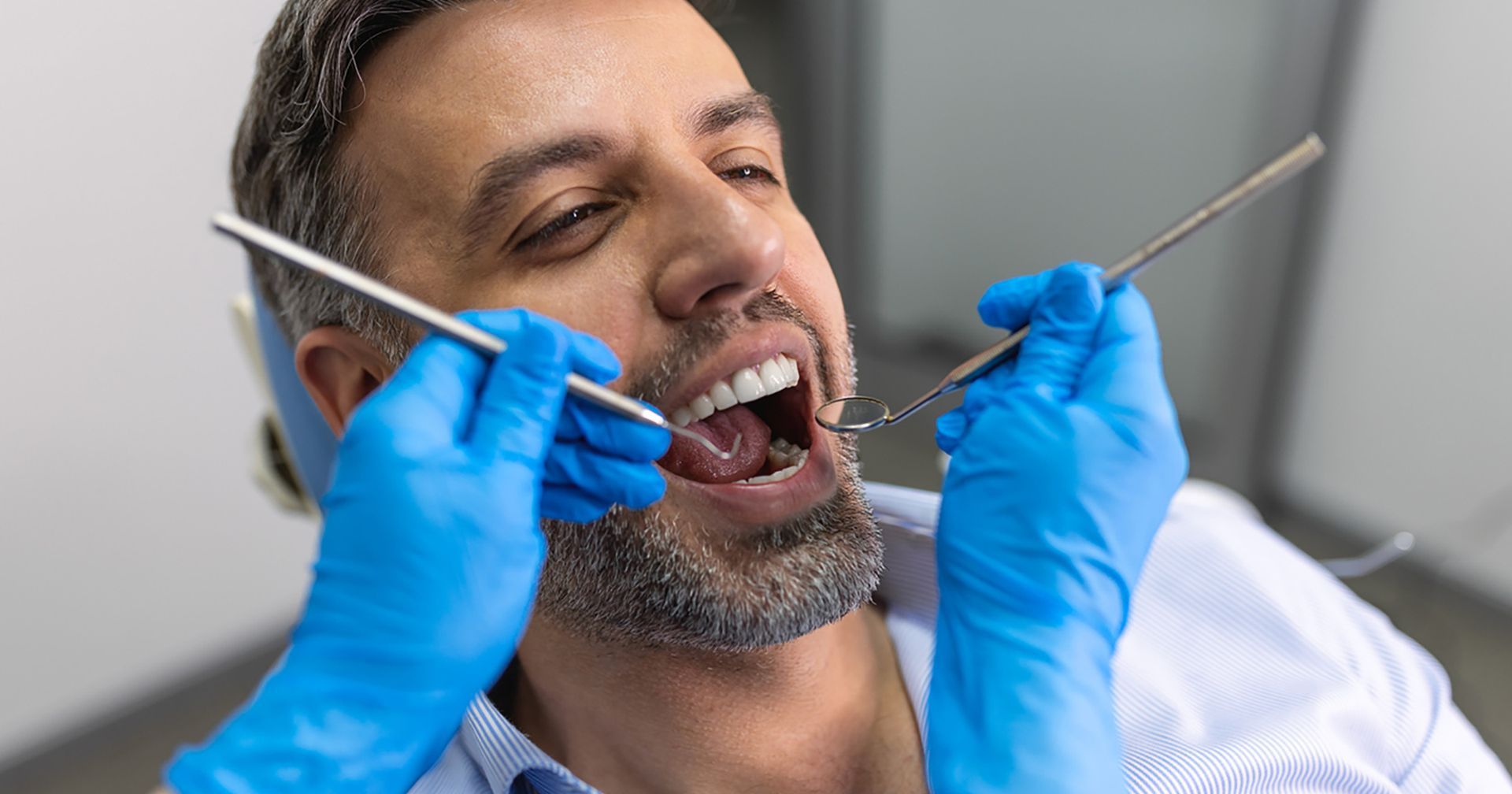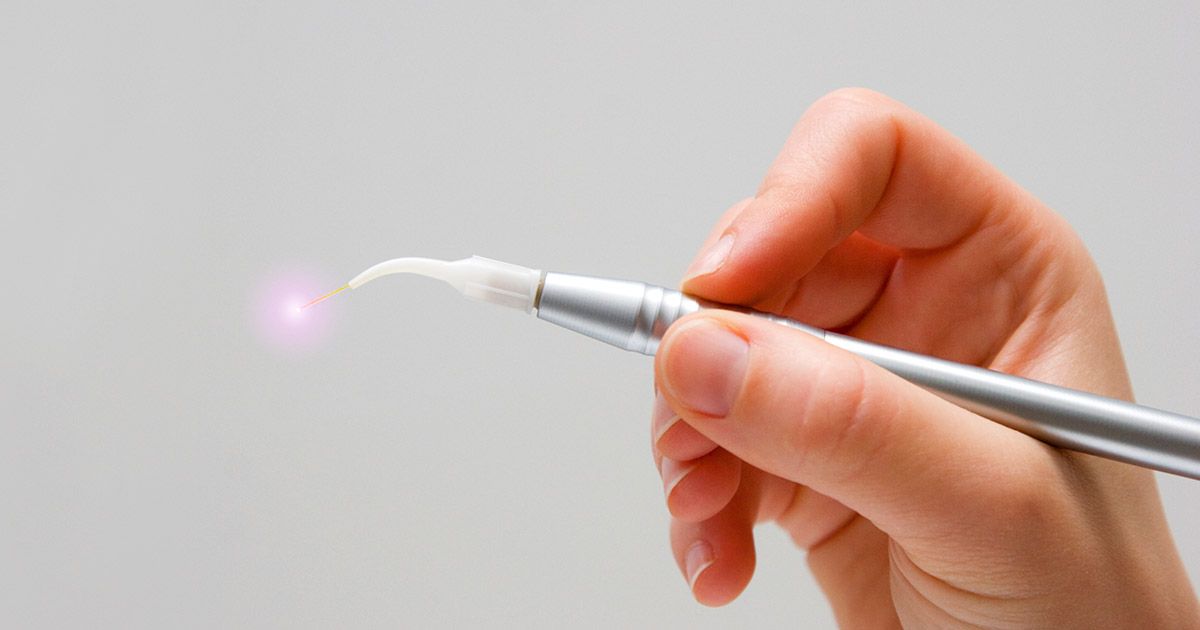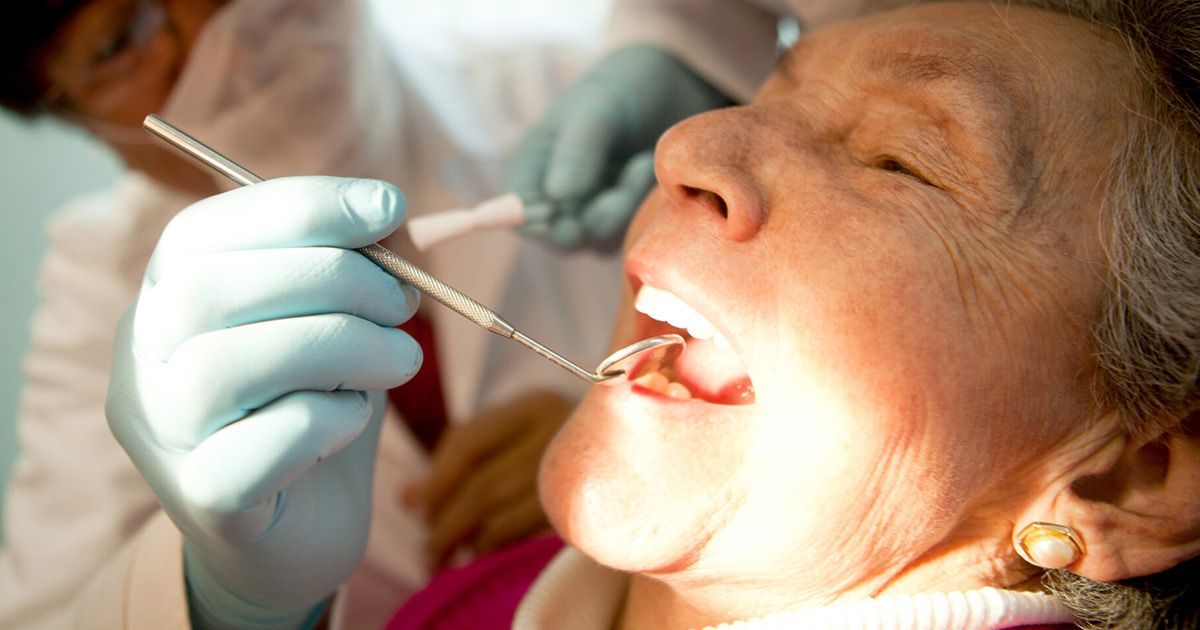Are you preparing to receive dental implants? Dental implant surgery is a significant decision, and understanding the dental implant recovery process is crucial.
In 2016, about two percent of the American adult population (over the age of 20) was edentulous. This means they no longer had any of their natural teeth. With the increasing trend of missing or failing teeth in adults over the age of 65, seventeen percent of the population had no natural teeth.
People lose teeth for many different reasons. Age, genetics, injury, lack of good oral hygiene, and bone loss in the jaw are among the most common causes. When people are missing teeth, or have a failing tooth, their quality of life is significantly impacted.
Thankfully, the modern world offers ways to replace missing teeth that go beyond traditional dentures. Dental implants, essentially synthetic or artificial tooth roots, are an increasingly popular option. They can replace your missing or failing teeth, restoring them to their natural tooth function.
But what does the dental implant recovery process look like? And what can you expect from the dental implant procedure? Continue reading to discover everything you need to know.
What Are Dental Implants?
Dental implants are not just for missing teeth but also function as synthetic tooth roots. They're meant to replace your teeth's natural roots by bonding to the healthy bone of the jaw. This helps prevent bone loss that often happens after losing one or more teeth. Moreover, gum tissue health is vital for the success of an implant.
Dental implants can be fixed or removable. They can be used to secure a single crown or to secure an entire bridge arch.
Your implant dentist should discuss the various dental implant options before the implant surgery, ensuring you have a clear understanding of the procedure ahead.
What Is the Success Rate of Implants?
Dental implants have a very high average success rate of about 98 percent. However, factors like smoking can decrease individual success rates. Avoid smoking to ensure the longevity of your dental implants and prevent implant failure.
What Is the Average Dental Implant Recovery Time?
The typical
dental implant procedure sees an average, healthy person fully healed in about six to eight months. This time can vary based on several factors, such as the quality of the bone where the implant is placed. Some patients may even require bone grafting before receiving dental implants if their bone isn't dense enough.
What Might Affect the Recovery Process?
Beyond the need for a bone graft, those who smoke or have diabetes may find their recovery prolonged. Receiving multiple teeth implants or having a more complex implant procedure can also extend the recovery time.
What Can You Do to Make Healing Go Smoothly?
To aid the recovery process, maintaining good oral hygiene is paramount. Here are some guidelines:
- Avoiding crunchy or chewy foods
- Consume only liquids or soft foods until healed
- Don't smoke or vape
- Avoid consuming alcohol
- Take all prescribed medications
- Rest as much as possible
Your maxillofacial surgeon or implant dentist may also provide other specific instructions tailored to your procedure.
Great food choices for the dental implant recovery process include chicken broth, creamy soups (without any solid pieces), and applesauce. Mashed potatoes, ice cream, fruit smoothies, and milkshakes are also excellent choices. Ideally, you want to eat foods that can be swallowed safely without chewing.
Your dentist may prescribe medications for you to take for a few days or weeks following the procedure. This may include prescription or over-the-counter pain relievers to help make you more comfortable. Antibiotics may be prescribed to decrease the risk of infection.
To help facilitate enough resting time, you should try taking a few days off work following your procedure. It can be helpful to have someone stay with you for a few days if you're a single parent or live alone. If having someone stay with you isn't possible, it can also be helpful to have someone stop in a few hours each day to assist you with basic tasks.
What Is Considered Normal During Healing?
As with all surgeries, some pain is expected after an implant surgery. It can be difficult to judge how bad something hurts when each person's pain threshold is different. A good rule of thumb is that pain that slowly gets better is expected, while pain that steadily gets worse needs to be looked at.
Mild bruising and swelling around the area where the implants were placed are normal but should diminish after a few days.
Swelling is also expected and will begin to get better after a few days to a week.
Bleeding in the first 24 to 48 hours following the implants is also normal. Be sure to follow any instructions your dentist offers about stopping bleeding or what might be abnormal. Any bleeding that begins after 72 hours should be looked at, as should consistent bleeding that doesn't stop after 24 hours. Any persistent issue should be reported to your implant dentist or oral and maxillofacial surgeon.
What Risks Are Involved During the Procedure and Healing?
There are risks involved in all medical procedures, and dental implants are no exception. It's important to understand complications are rare. Following post-op instructions can help decrease the risk of any complications.
Though dental implant surgery is generally safe, it does carry some risks:
- Nerve damage around the implant site
- Infection at the implant site
- Sinus issues (when getting implants on the upper arch)
- Rejection of the dental implant
- Allergic reaction to the anesthesia
Allergic reactions to anesthesia are not common, but they can be life-threatening in rare instances. An allergic reaction may cause hives, swelling, rapid heart rate, increased blood pressure, itching, or difficulty breathing. You should seek immediate medical attention if any of these allergic reactions occur.
Do You Have More Questions About the Dental Implant Recovery Process?
An average, healthy person will recover from dental implants in about six to eight months. Some circumstances can prolong healing time, however. It's crucial to follow all instructions from your dentist or oral surgeon to ensure the smooth healing of your dental implants. If you have more questions about the dental implant recovery process or are considering the procedure, don't hesitate to reach out.
Do you have more questions about the dental implant recovery process? Or would you like to schedule a consultation about getting implants?
Contact us today. One of our friendly receptionists would be happy to answer any questions you still have. They can also schedule you a consultation appointment if desired.
Our Primary Service Areas
Content Reviewed by
Website designed and maintained by Xpress, INC
All Rights Reserved | Smile Savers Dentistry




















